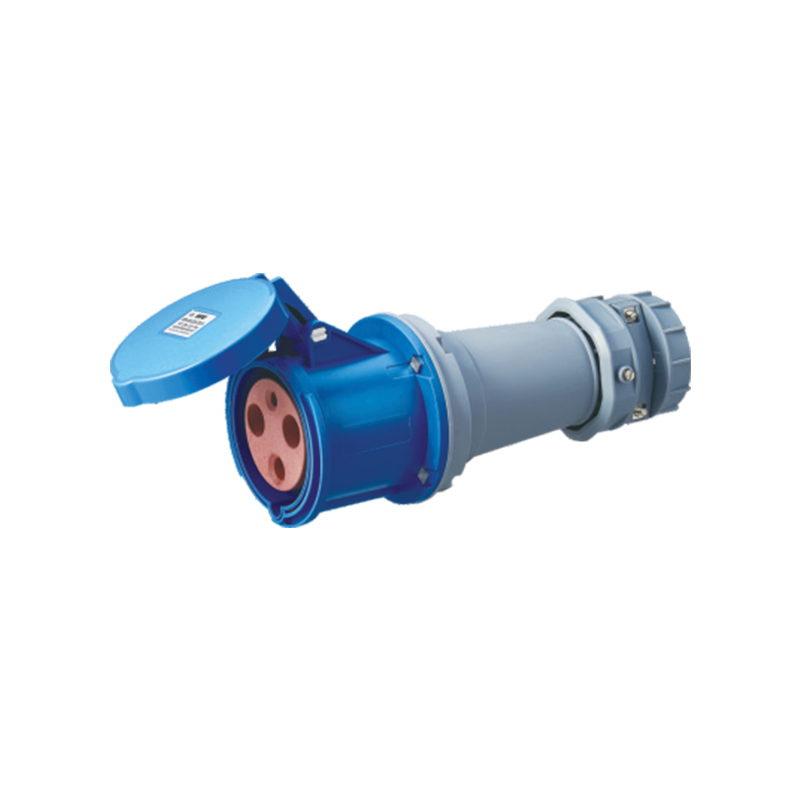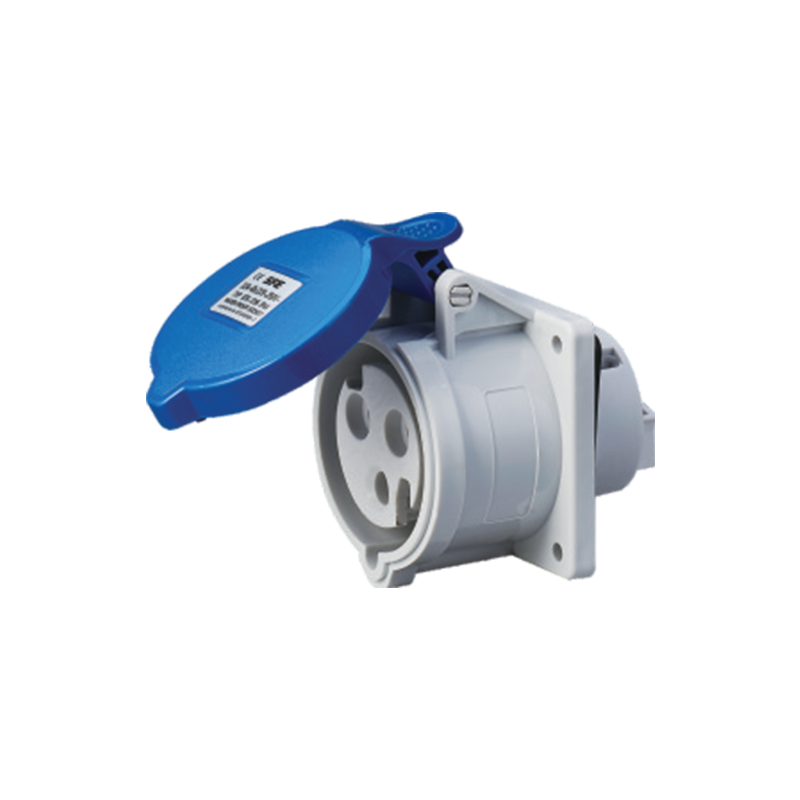Address: No. 199, Weiwu Road, Yueqing Economic Development Zone, Zhejiang Province, China.
Testing an electrical outlet for safety is a crucial task that every homeowner should be familiar with. Ensuring your outlets function properly can prevent electrical hazards, protect appliances, and enhance overall safety in your home. This guide will delve into the steps necessary to test an outlet effectively, including the importance of various components such as automotive plug connectors and single phase industrial plug and socket systems.
Understanding Electrical Outlets
Electrical outlets serve as the interface between the electrical system in your home and your devices. They come in various types, each designed for specific uses. In residential settings, standard outlets typically accommodate plugs for household appliances. However, in commercial or industrial contexts, outlets may be designed for more specialized connections, such as single phase industrial plug and socket arrangements, which can handle higher power loads.
Gathering Necessary Tools
Before starting the testing process, it's essential to gather the right tools. You will need:
1. Multimeter: This device measures voltage, current, and resistance. It is a vital tool for checking outlet functionality.
2. Voltage Tester: A simpler alternative to a multimeter, it can quickly indicate if an outlet is live.
3. Safety Gear: Always wear insulated gloves and safety glasses when working with electrical systems to protect against shocks or accidents.
Step-by-Step Testing Process
1. Visual Inspection: Begin by examining the outlet for any visible signs of damage, such as cracks, burn marks, or loose connections. Pay attention to the condition of the automotive plug connectors, which should be secure and free from corrosion.
2. Power Off: For safety, turn off the power to the outlet at the circuit breaker. This step is crucial to avoid any electrical shocks while testing.
3. Testing Voltage:
- If using a multimeter, set it to measure AC voltage. Insert the probes into the outlet slots-one in the larger slot (neutral) and the other in the smaller slot (hot).
- A reading of around 120 volts indicates that the outlet is functioning correctly. If the reading is significantly lower or absent, there may be a fault in the outlet or wiring.
4. Using a Voltage Tester: If you opt for a Voltage Tester, insert it into the outlet. If the light indicator turns on, the outlet is live. If not, the outlet may be dead or have a wiring issue.
5. Checking Grounding: To ensure safety, check if the outlet is properly grounded. This can be done using a multimeter by measuring the voltage between the hot and ground slots. A safe outlet will show a voltage reading close to 120 volts.
6. Inspecting Plug Fit: When testing, also consider how well plugs fit into the outlet. Loose or wobbly connections can indicate worn outlets or plugs, which can advance to arcing and potential fire hazards.
7. Re-checking After Use: After completing the tests, replace any covers and restore power at the circuit breaker. It's wise to periodically re-check outlets, especially those used with high-wattage devices or heavy-duty applications like single phase industrial plug and socket systems.
Importance of Regular Testing
Regularly testing electrical outlets is essential for maintaining a safe home environment. Faulty outlets can advance to appliance damage or, in severe cases, electrical fires. Using robust connections like automotive plug connectors ensures that your devices operate safely and efficiently, especially when frequent disconnections are necessary.
When to Seek Professional Help
If you encounter issues such as continuous power loss, frequent circuit breaker trips, or if the outlet fails to show any voltage when tested, it's time to consult a qualified electrician. These problems may indicate deeper electrical issues that require professional expertise to resolve.
In summary, testing an electrical outlet is a straightforward yet vital task that promotes safety and efficiency in your home. By following the steps outlined above and using appropriate tools, you can ensure your outlets are functioning correctly. Remember to inspect automotive plug connectors and single phase industrial plug and socket systems regularly, as they play a significant role in electrical safety. Maintaining vigilant oversight of your electrical systems not only protects your devices but also contributes to a safer living environment for you and your family.







